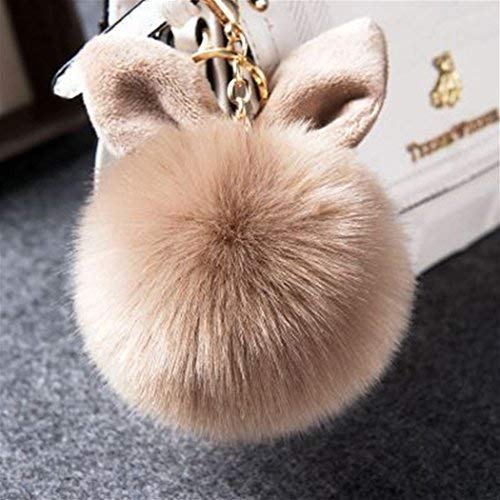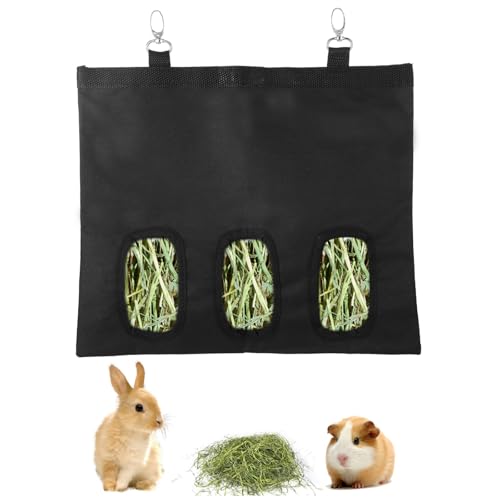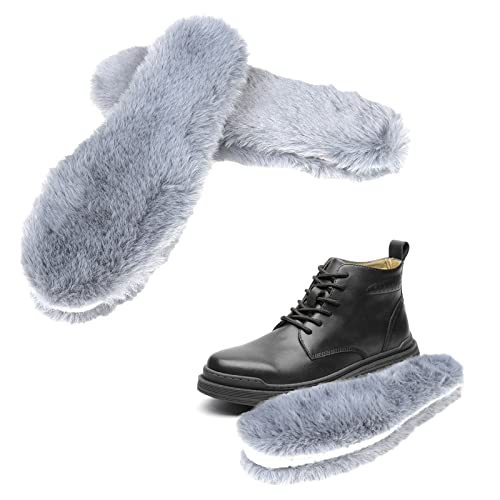Oceanrose
Well-known member
Ok. I want to work on Chinchilla Satin Angoras a bit. I know I need to keep chestnut, and coppers out of the line to avoid the brownish cast. But I am confusing about what colors I should breed.
I should add here, right now, I have a chin buck with clear color, a choc chin doe, and a squirrel doe. Colors on all 3 pedigrees are a mishmash.
I had always thought all solids went, but I am reading you're better off to breed REW to Chin? I have a REW buck who is most likely genetically chocolate, and 2 REW does, one is probably out as she is sired by a red. The other has Chocolate, REW and Black. Am I on the right track here?
I should add here, right now, I have a chin buck with clear color, a choc chin doe, and a squirrel doe. Colors on all 3 pedigrees are a mishmash.
I had always thought all solids went, but I am reading you're better off to breed REW to Chin? I have a REW buck who is most likely genetically chocolate, and 2 REW does, one is probably out as she is sired by a red. The other has Chocolate, REW and Black. Am I on the right track here?




![FHQHTH Faux Rabbit Fur Purse Fuzzy Handbags for Women Evening Handbags Al alloy Shoulder Strap [Rabbit Red]](https://m.media-amazon.com/images/I/41l5Hd2qrhL._SL500_.jpg)
































